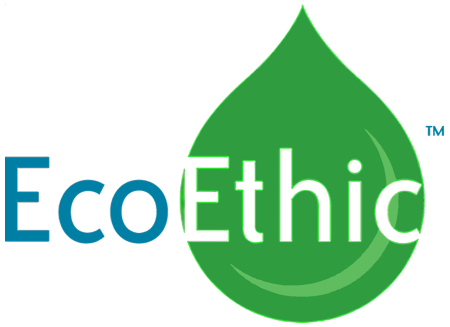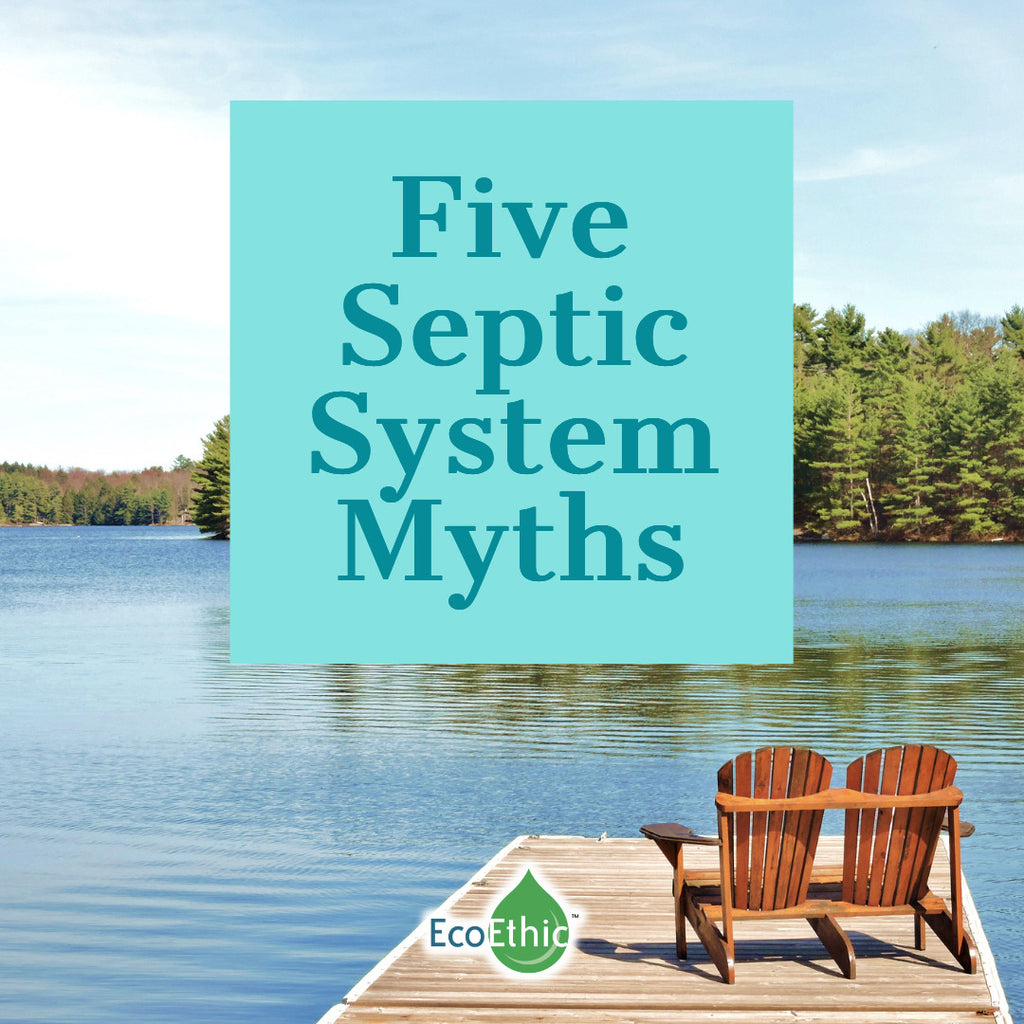Myth #1 - Inoculating your system is unnecessary
One school of thought is only human waste is needed to start up a septic system. And it will, very slowly, and as long as there are little or no bacterial impediments in the waste stream. Things like soaps, detergents, FOG (fats, oils, greases), paper products, chlorine and antibacterial products significantly impede the native microbes ability to reproduce and digest organic matter. In other words, we add many things to our septic systems which cause them to perform poorly resulting in inadequate treatment and pollution.
Myth #2 - Just add some roadkill to start up your septic
While a “sleeping septic” could use a wake up call in the spring many items are not suitable and do more harm than good. A pound of yeast, yogurt, cow manure, liver, worms and more, dead road-kill, raw meatballs, dead mice or red squirrels, rotten meat... yuck the list goes on. Do not add any of these items to seed or start up your system. Use what the industry uses, targeted digestive microbes.
Myth #3 - Additives do nothing
Misinformation abounds here. All additives are not created equally. There are basically four types of additives, nutrient-based, enzyme-based, microbe/bacteria based and chemical. Only bacteriological products should be used, the best one being the EcoEthic Septic Treatment which has a 20-year proven track record of performance. Critical factors when choosing a bacterial additive are plate count (how many organisms per gram or ml) and the species of organisms contained. What EcoEthic microbial consortium does is provide multiple strains of beneficial bacteria which digest the things in septic systems that build up (FOG, paper, protein, ammonia, TKN / nitrogen). Odours are often a sign that septic bacteria in the tank are low. High digestive bacterial populations in septic tanks reduce BOD, TSS, TKN and total P when used at regular intervals.
Myth #4 - Pump Outs are not Necessary
Terrible advice and anyone saying this is doing a disservice to septic owners. Many things accumulate, even with good septic use habits, that need be removed in order to keep your tank functioning at full capacity. Tanks should be inspected to ensure all is physically intact and in working order. ie. baffles checked, effluent filters cleaned or installed and or checked for replacement. Every three to five years your septic system should be pumped out or have the sludge measured to determine if pumping is necessary.
Myth #5 - Clogged septic systems must be replaced
While this is the case sometimes it is not always necessary. A process called bioremediation is a very successful alternative to replacing failed tile beds. A specially formulated microbial blend is mixed with a slow release oxygen compound and is added directly to the tile bed via the tank outlet or distribution box. For severely overburdened tile beds or where there has been years of solids entering the leach field area, a high pressure water flushing procedure, by a professional, is done prior to starting the bioremediation process.
Any questions or comments please drop us an email or post a comment below.

